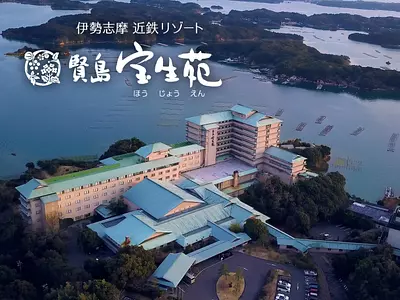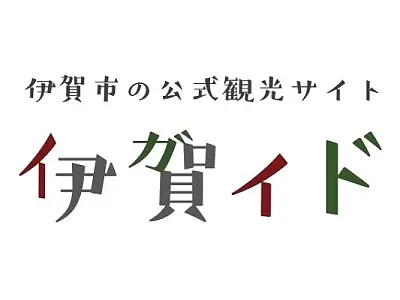The unfinished masterpiece ``Pottery Space Rainbow Fountain'' is a world created by ceramic artist Kenji Higashi deep in the mountains of Iidaka-cho MatsusakaCity.
掲載日:2024.01.17
Deep in the mountains of Iidaka-cho, MatsusakaCity, Mie Prefecture, ``Pottery Space Niji no Izumi'' is a ceramic art space that Kenji Higashi, a potter who grew up in the area, took 35 years to create. Although he aimed to fill 5,800 square meters of land with ceramics, he suddenly passed away at the age of 74 in 2013, leaving the masterpiece unfinished. This time, we actually visited the site and touched on the work, and also looked into Mr. Higashi's life, land rights, and production funding! Please come to Hase, Iidaka Town to see the unfinished masterpiece that was built with the cooperation of local people. (Article publication date: 2019.10.11)
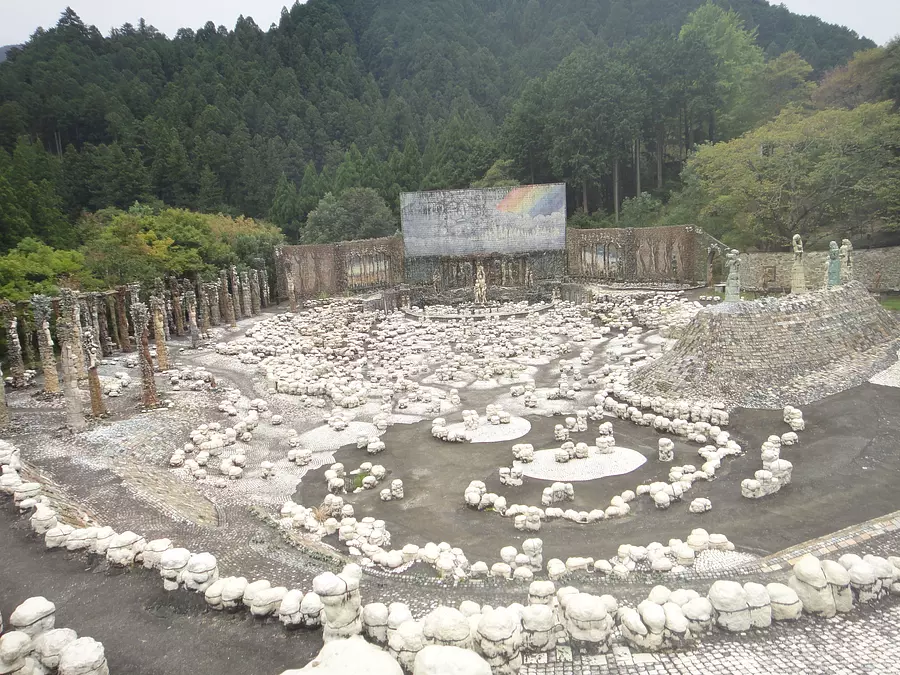
[Important]We will be closed during the winter months of January and February.
From April 1, 2023, we have started preservation and maintenance activities for "Ceramic Art Space Rainbow Fountain."
When you wake up at the Rainbow Fountain, there will be a receptionist who will accept admission fees and provide explanations.
Opening hours: 10 a.m. to 4 p.m.
Admission fee: 500 yen per person for high school students and above
◆ Is there a “world above the clouds” deep in the mountains of Matsusaka?
It seems that ``The World Above the Clouds,'' which was created by a single potter over a period of 35 years, is located deep in the mountains of Matsusaka. I heard such rumors and went to interview!
The location is deep in the mountains, about an hour and a half by car from MatsusakaCity.
After passing through a long mountain road through National Route 166 and driving for a short distance, it suddenly appeared.
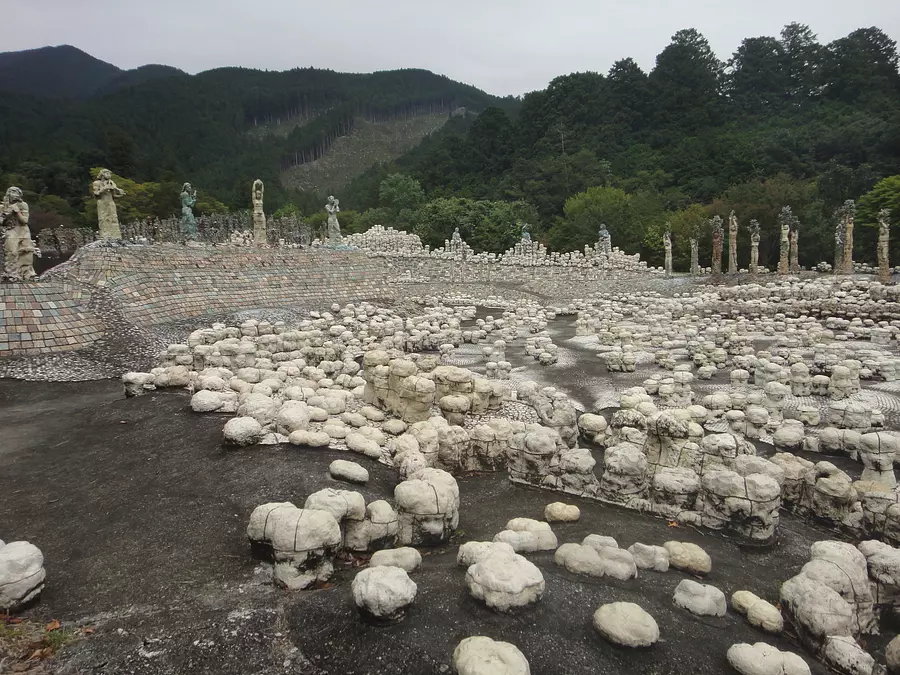
What a strange space!
It feels as if you have wandered into another world.
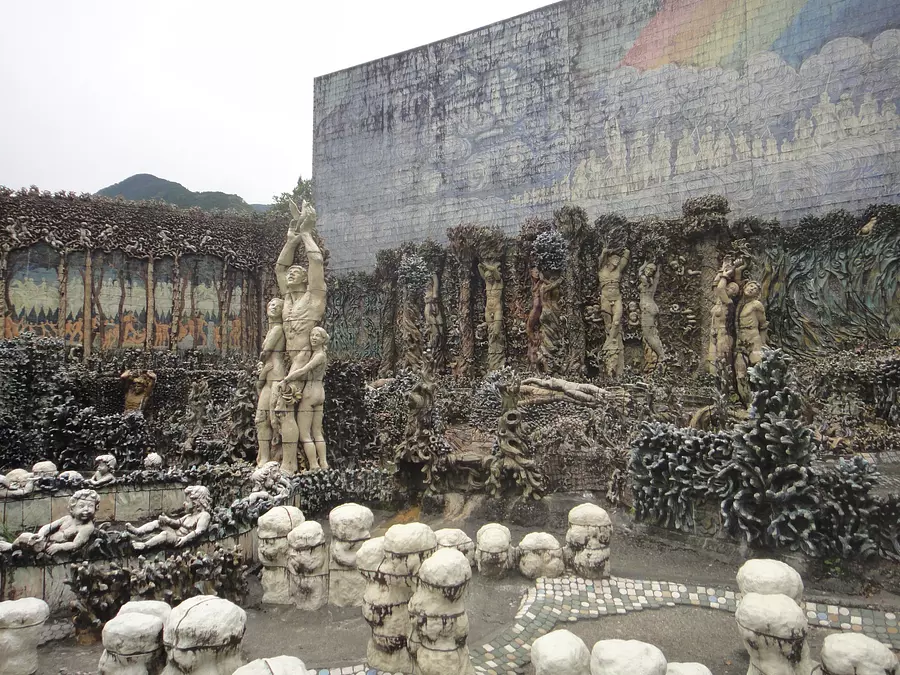
It's no exaggeration to call this a large park, and the entire area is filled with ceramics, creating an overwhelming sight wherever you look.
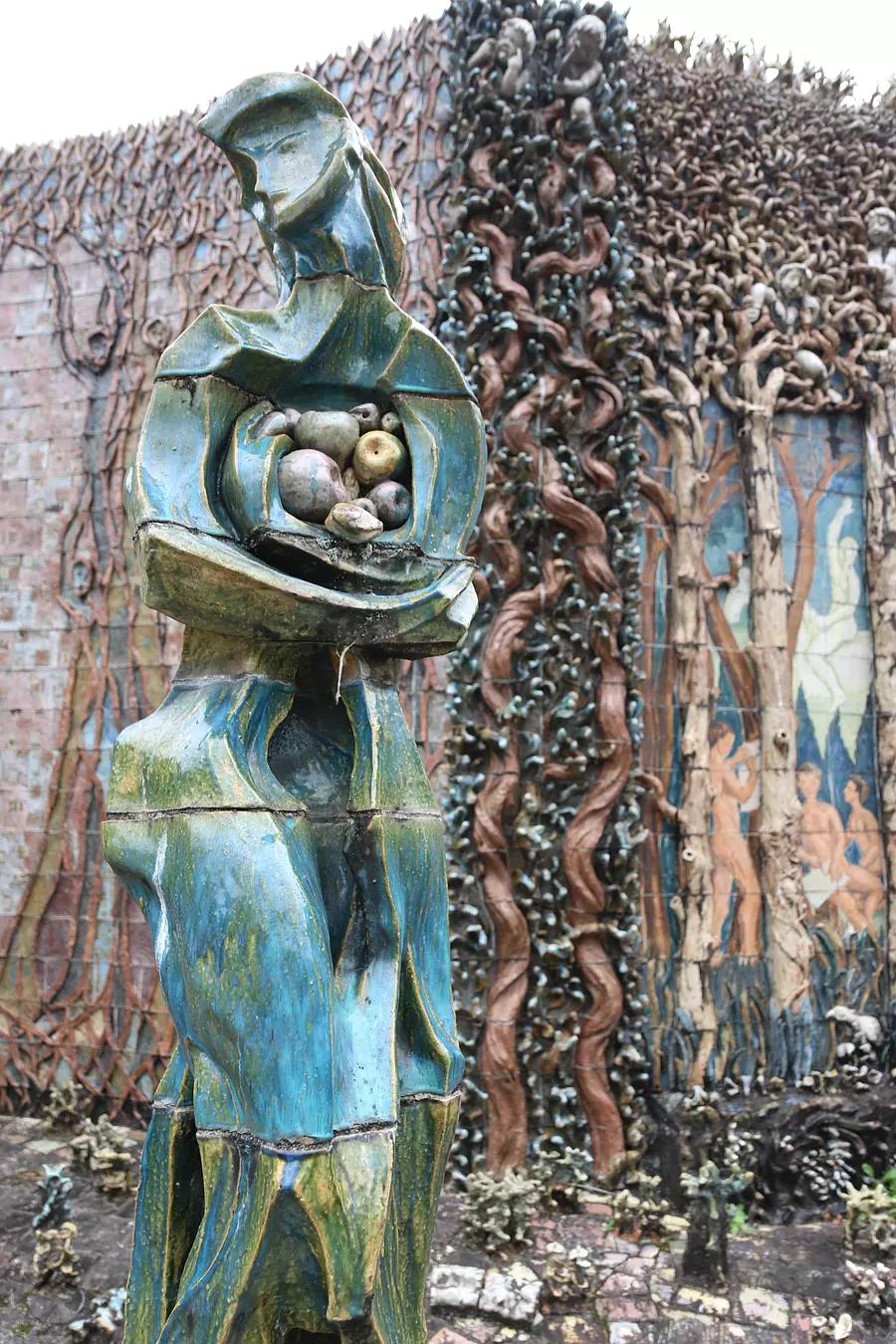
If you get closer to each piece and look at each detail, you will notice the exquisiteness of each piece.
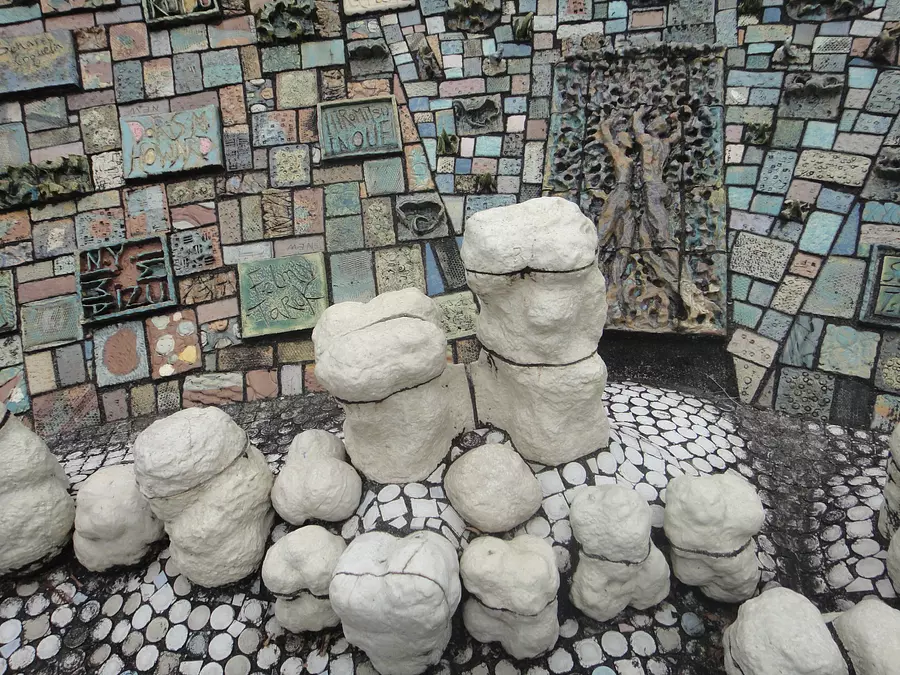
Each mosaic is unique, and of course they are all handmade.
I can't even imagine how much time Mr. Higashi spent creating it.
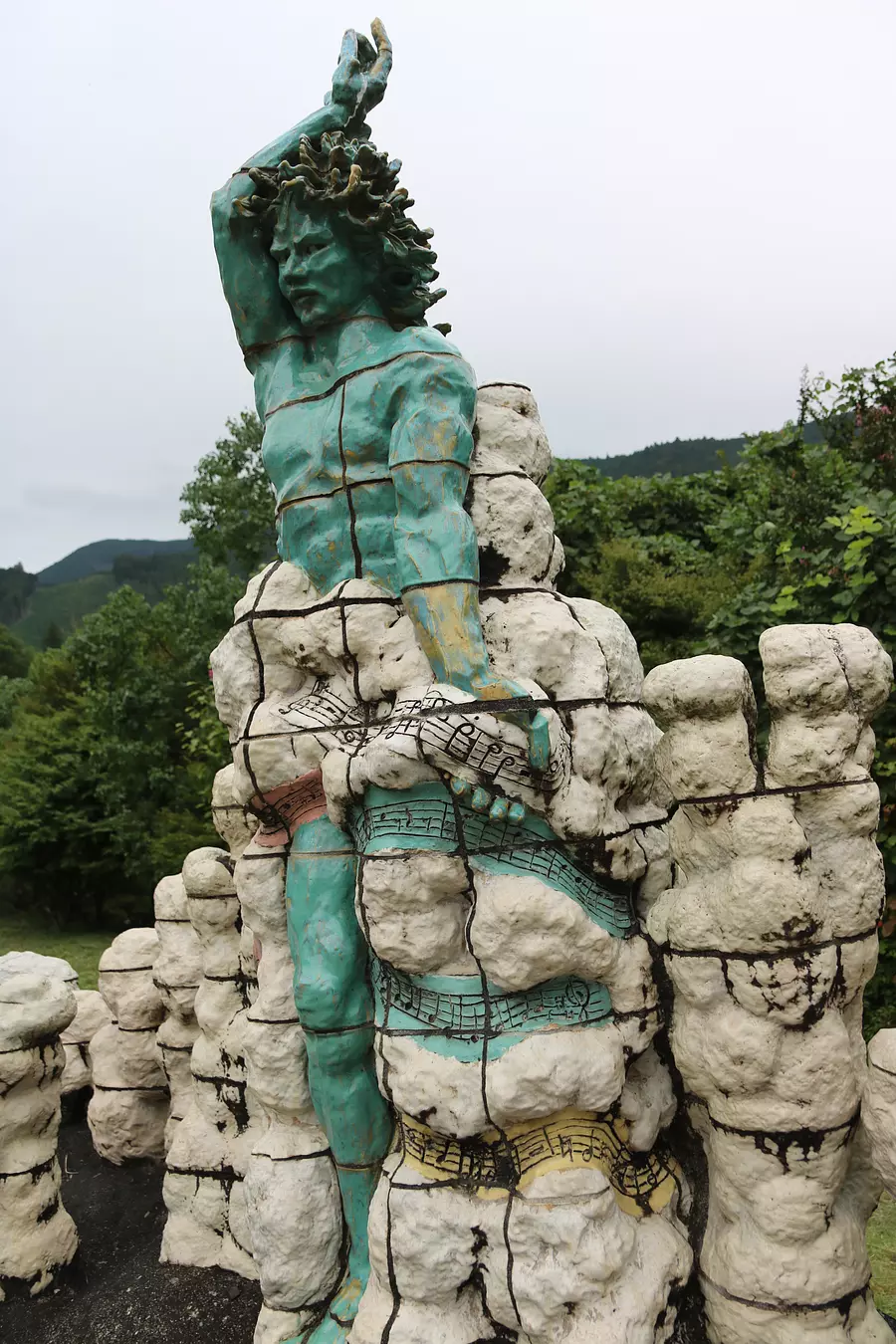
What kind of person was Kenji Higashi, who created all of these works by himself?
The history of the pamphlets you can get at Michi-no-eki Hase is summarized as follows.
Born in 1938 and raised in Mori, Matsusaka-Iidaka-cho, Mie Prefecture.
Graduated from Aichi Prefectural Seto Ceramics High School.
22 years old, first trip to Ceylon. God tells me to create a ceramic art space.
At the age of 23, he was selected for the 5th Nitten Art and Crafts Division.
At the age of 28, he moved to Argentina in search of a foreign land. He bought land at the foot of the Andes Mountains and began making art, but lost confidence and gave up.
At the age of 39 (1978), after years of suffering and perseverance, he decided that Japan was his new destination.
After returning to Japan, he built an atelier and kiln in Tominaga and began creating Rainbow Fountain.
Passed away in May 2013 at the age of 74.
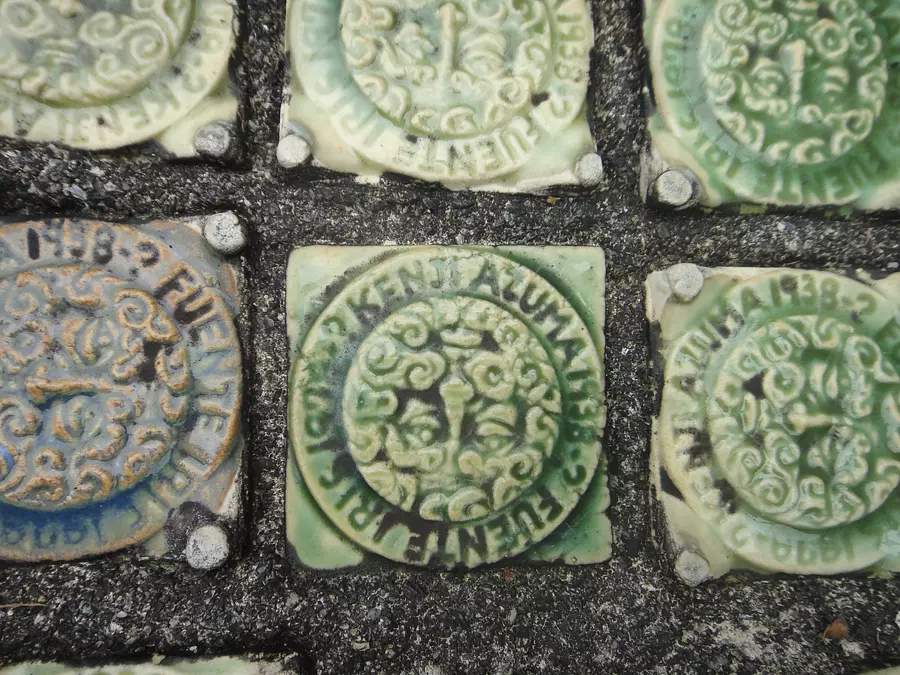
Mr. Higashi grew up here in Iidaka as a child, and after graduating from a ceramics school in Aichi Prefecture, he traveled the world in search of a place to create his own ceramic art space.
Originally, Mr. Higashi believed that ``Japan does not have the soil to cultivate its own unique culture, relies on a sentimental and traditional culture, and only imitates the superficial aspects of European culture.'' So, he started making art.
However, at the age of 38, he decided that what he really wanted to do was to challenge traditional Japanese culture, create wonderful ceramic fountains, and show them to the Japanese people, so he returned to Japan.
He set out on a new path in Japan and began his creative work in his hometown of Iidaka.
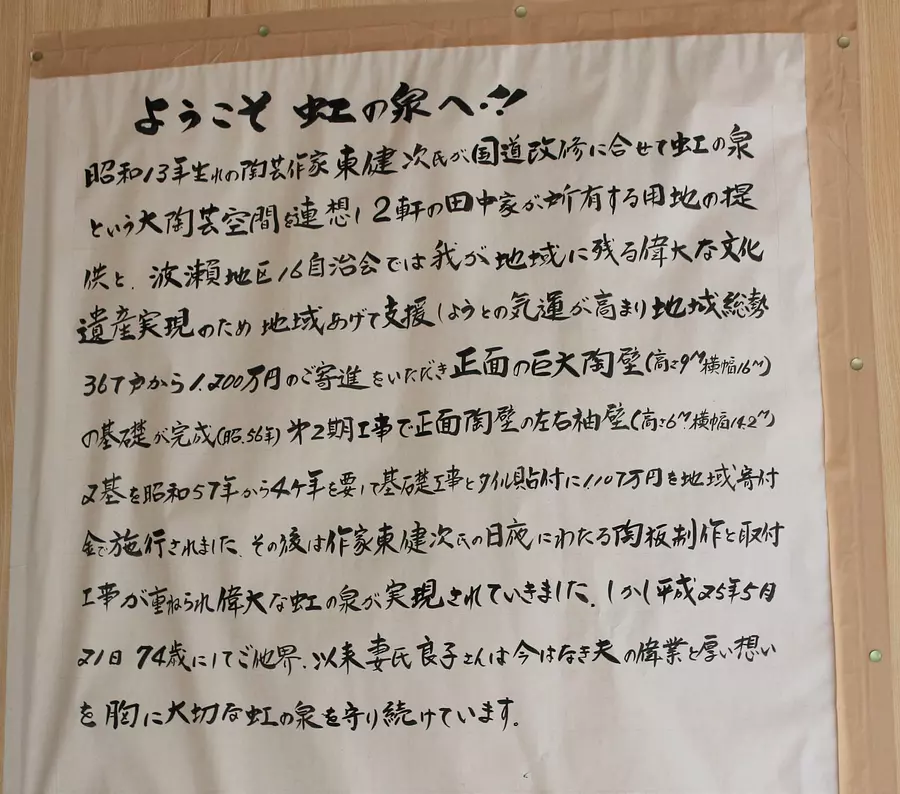
There is one thing that bothers me here.
That's exactly right!
“What about the rights to this vast land and the production costs?”
The answer lies in a hut built for visitors by a former Iidaka Town employee.
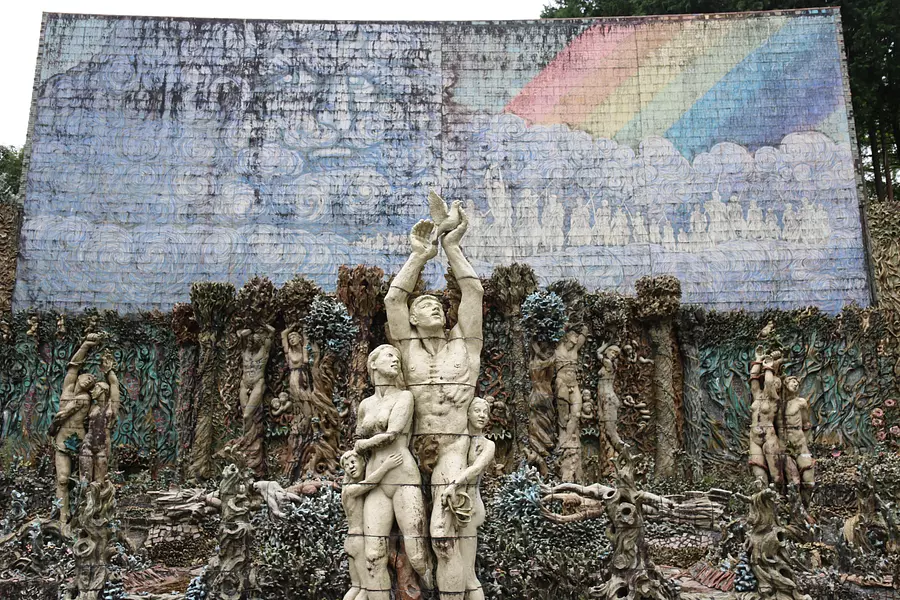
To summarize the flow,
① Mr. Higashi conceived this work during the renovation of the national highway.
② Two Tanaka families will provide the land they own.
③12 million yen donated by 367 households in 16 neighborhood associations in the Hase area.
④In 1978, the foundation for the huge ceramic wall in front was completed.
⑤With local donations of 11,070,000 yen, the second phase of construction started in 1977 and took four years to complete the foundation work and tile installation of the two glazes (wing walls on the map) located on the left and right sides of the facade ceramic wall. .
⑥ After that, the production progressed by Mr. Higashi spending days and nights making ceramic plates and installing them.
It seems like it was in chronological order.
I realized that this space was created not only by Mr. Higashi's daily work, but also with the great cooperation of local people.
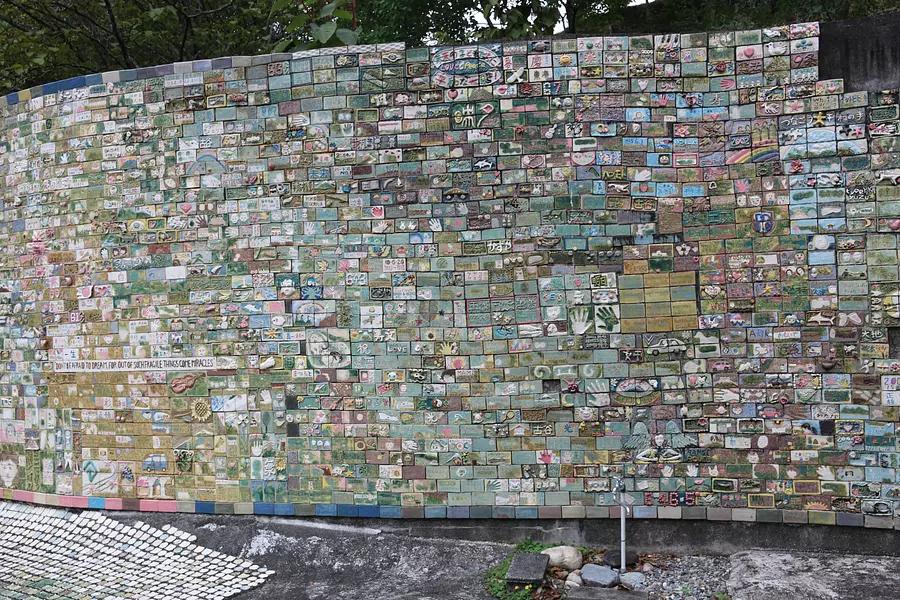
◆ About the Iris Wall Ceramic Plate Movement
If you step through the main gate of "Rainbow Fountain" and walk along the wall on the right, you will find a zone called "Iris Wall."
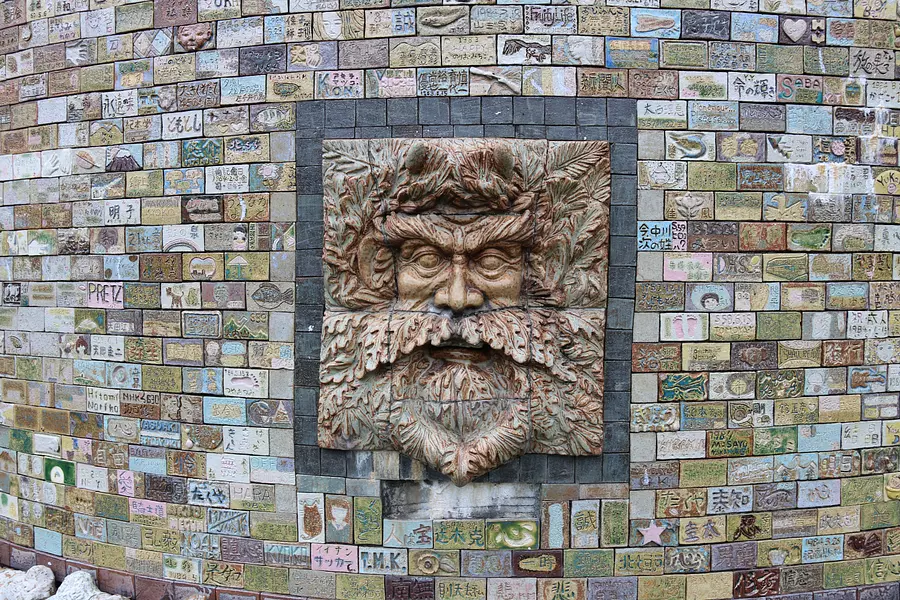
This is a project where locals and visitors buy ceramic plates for 4,000 yen each, carve their names and anniversaries on them, then burn them and paste them on the wall, making them part of the artwork.
It seems that there are now more than 10,000 ceramic plates, which, if framed, would amount to more than 40 million yen in support.
The funding for the 35 years of production and construction after the foundation work was primarily funded by the Iris Wall Ceramic Plate Campaign.
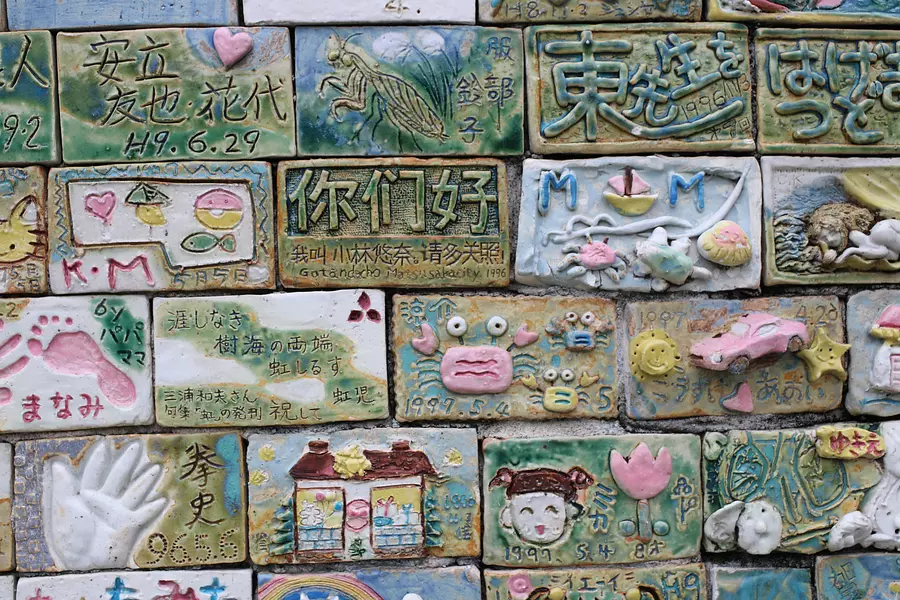
Each of the ceramic plates that make up the walls of Iris are engraved with messages of support for Mr. Azuma and various things related to his life.
Each of these makes up the rainbow fountain and is an important part of the work.
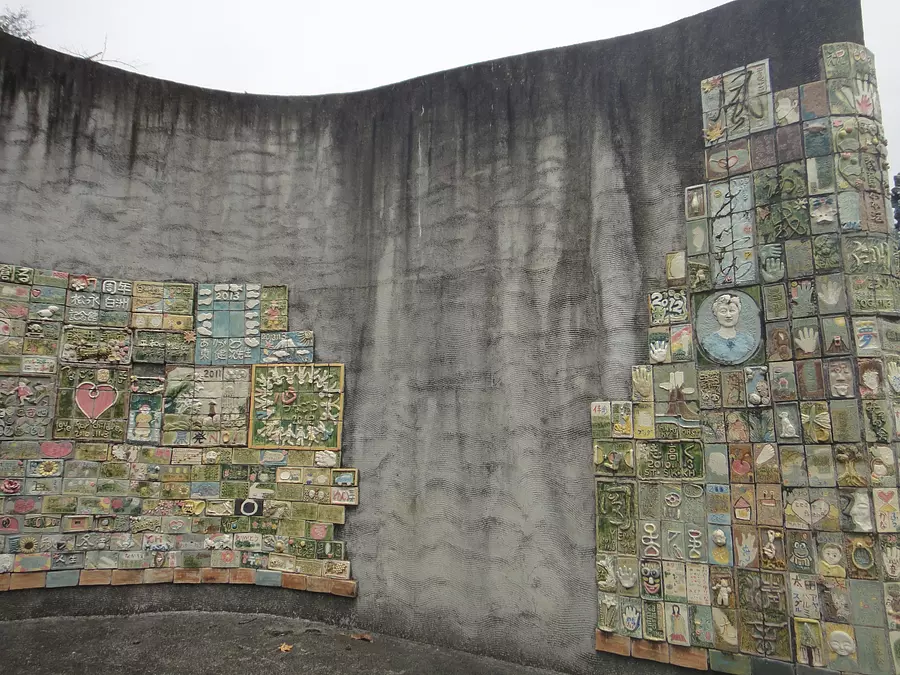
Unfortunately, however, the number of ceramic plates has not increased since 2013, when Mr. Azuma suddenly passed away. Looking at the exposed concrete, I couldn't help but feel a little sad.
[Muse Hill]
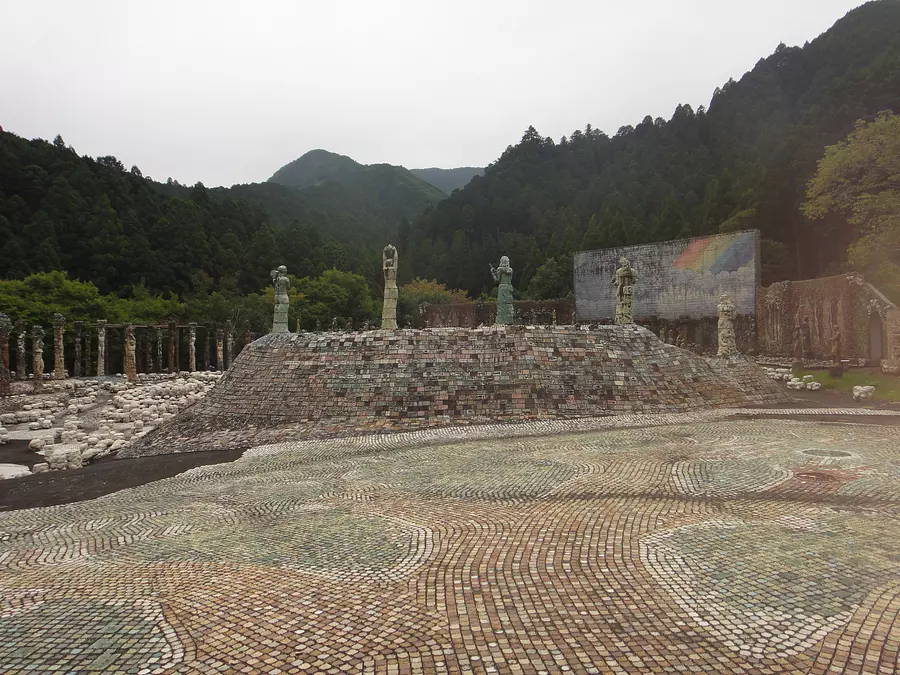
From here, I would like to explain each zone of Rainbow Fountain.
When you enter through the main gate and pass through the mosaic floor, what catches your eye is the back view of these muses.
(A muse is a goddess in Greek mythology who controls music and dance.)
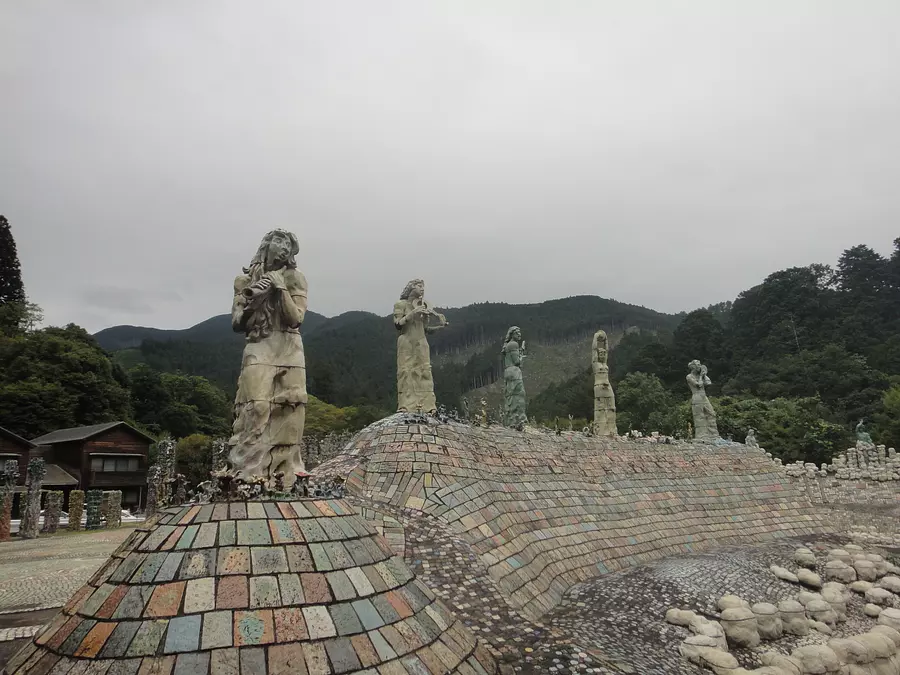
Let's also look at it from the front.
It is generally said that there are nine pillars, but I noticed that only the muse on the far left is installed at a slightly lower position.
Is there some reason?
[Victor's Hill]
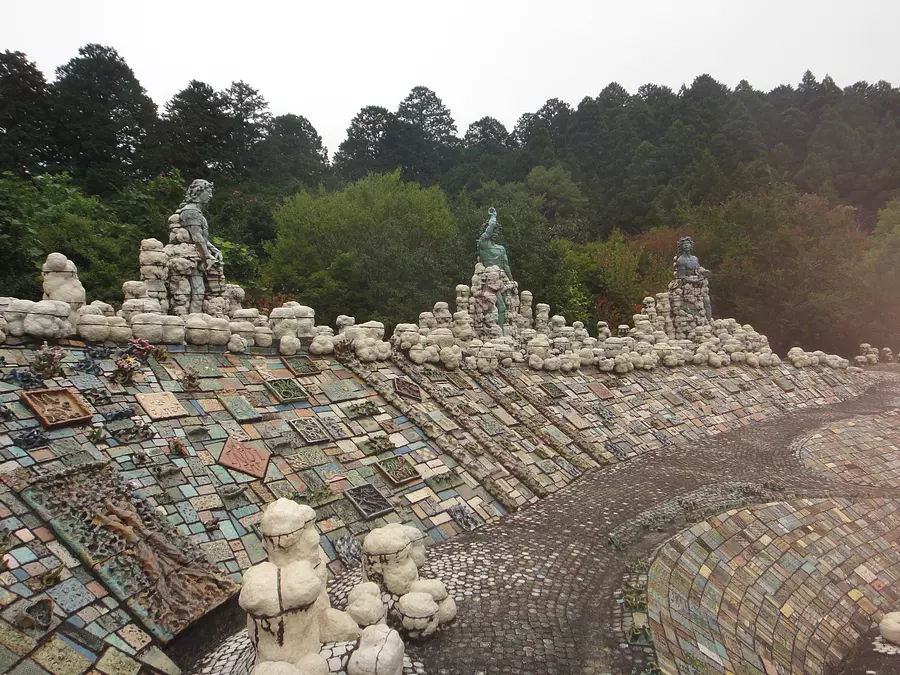
If you look to the left from the mosaic floor, you will see this Victor's Hill.
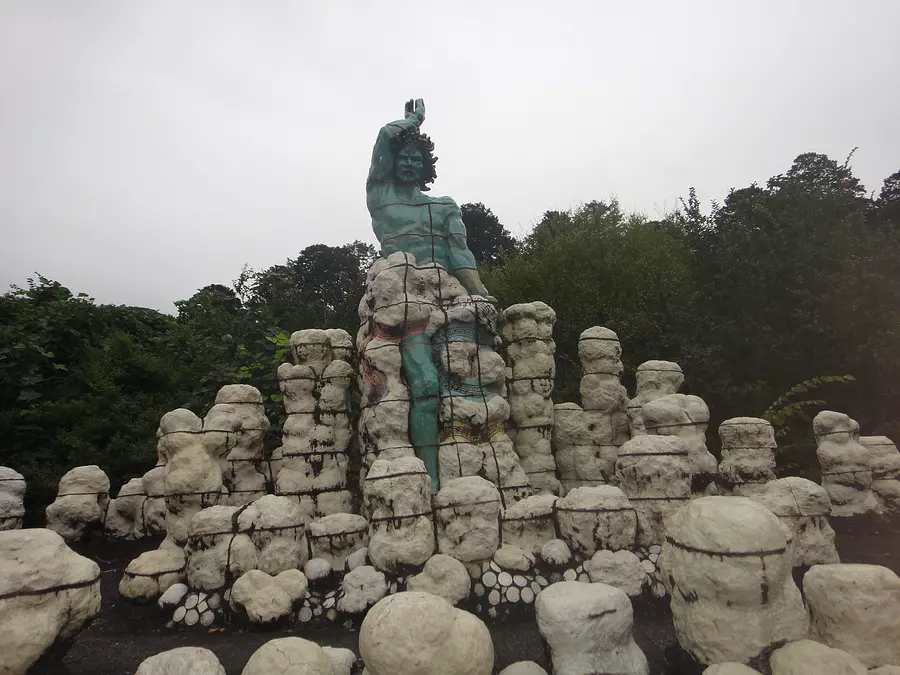
On top of the hill, there are three standing statues.
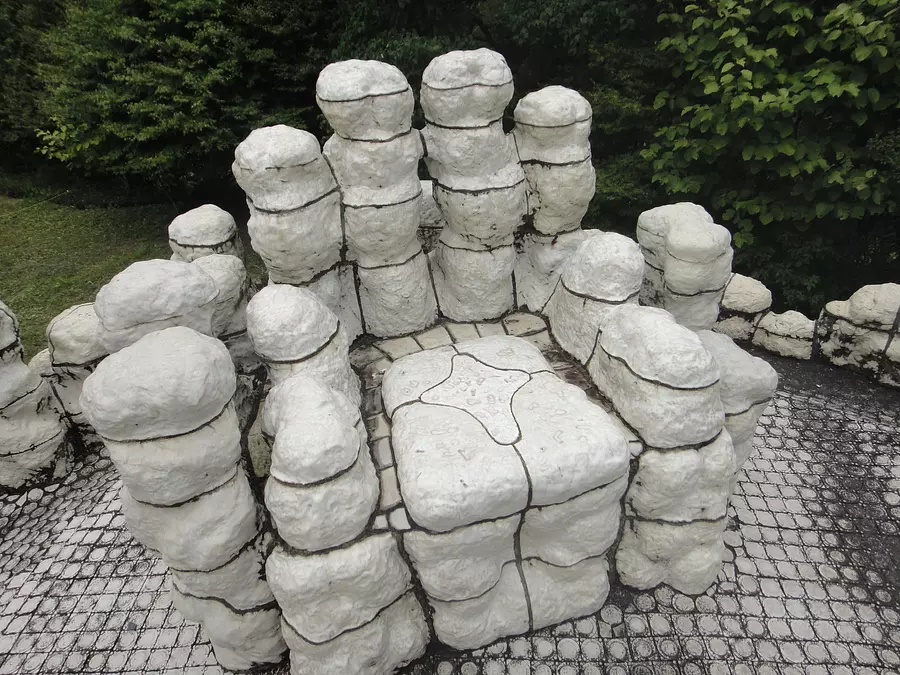
There are chairs above the clouds that you can sit on, overlooking the entire space.
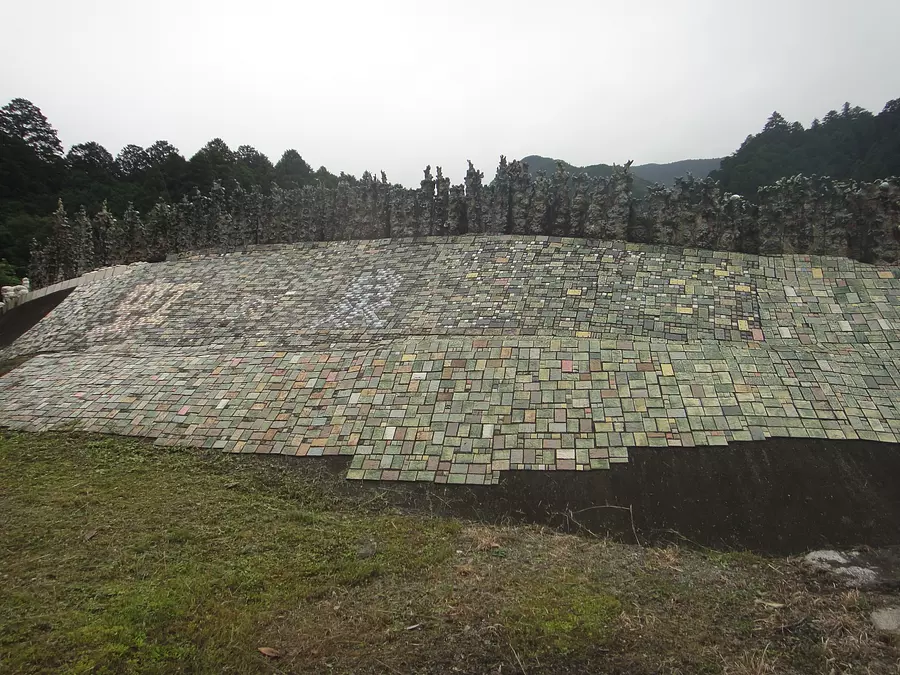
Embedded in the hillside, from the back side (that is, the side visible from the outside of the space), were ceramic plates with the names of those who supported the creation.
[Forest of human trees]
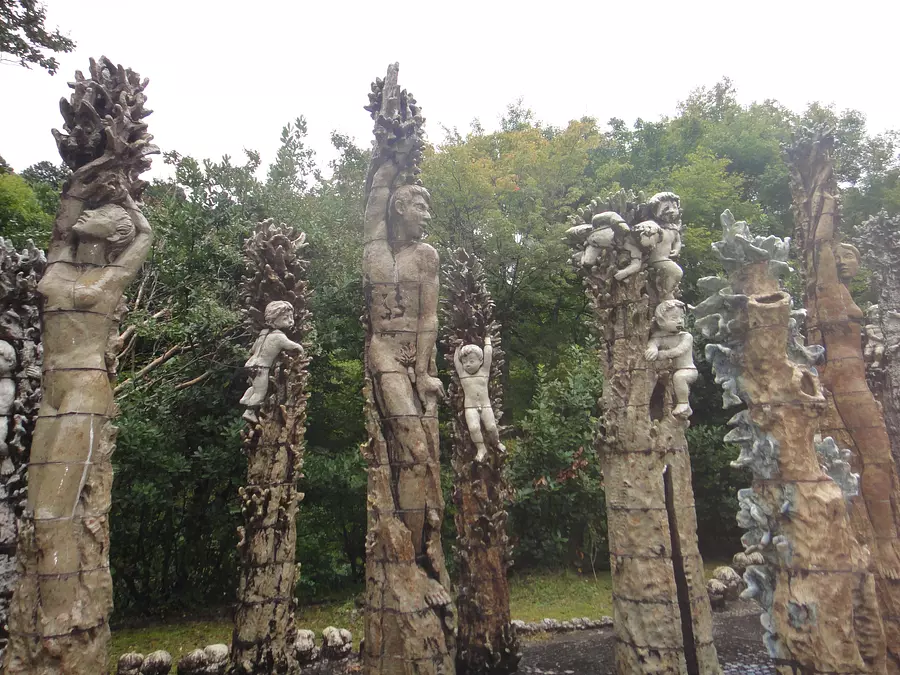
A total of 53 statues of humans and trees are lined up to create this forest.
If you look closely, you can see that the statue is divided into small parts that are fired and then pieced together (apparently all Izumi pottery is made using the same method).
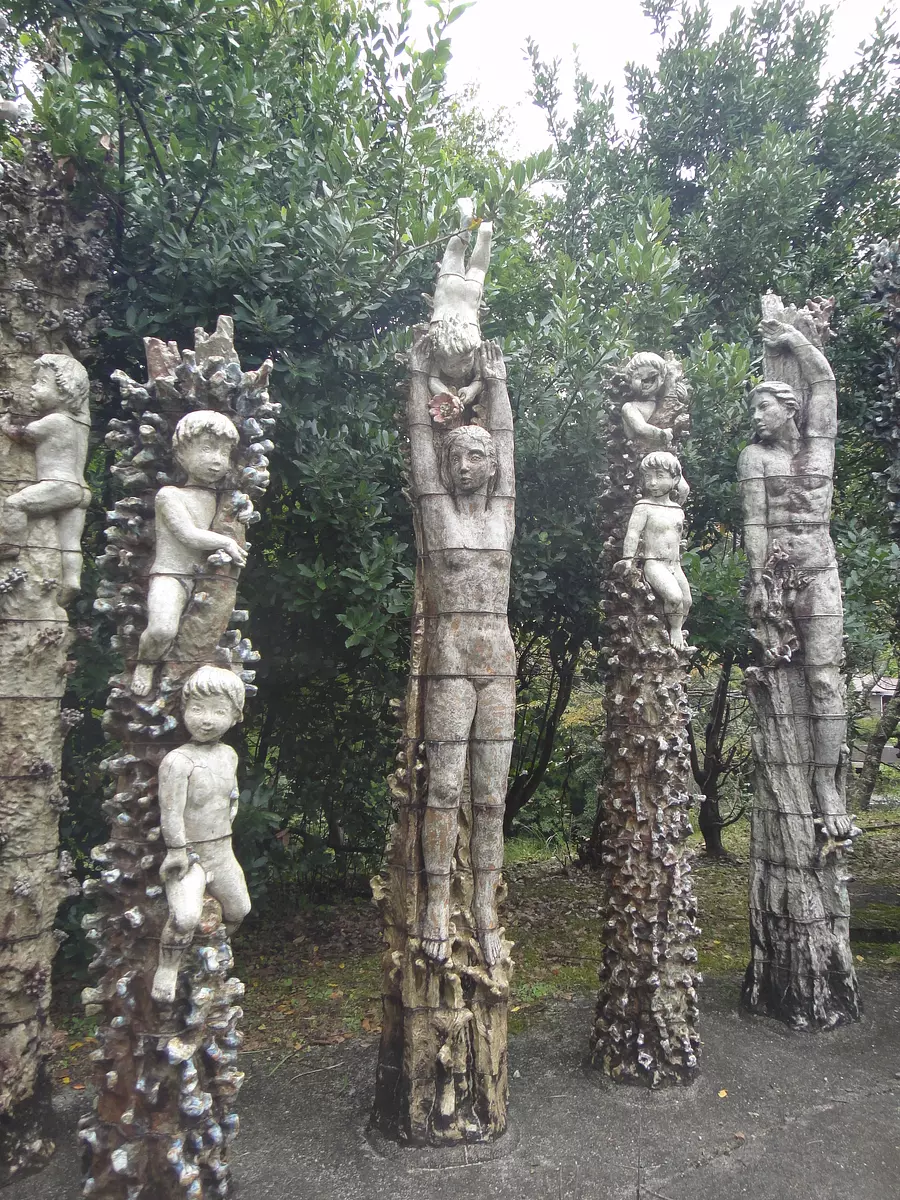
Combined with the real tree in the background, it creates a unique world view.
[Large ceramic wall/center statue]
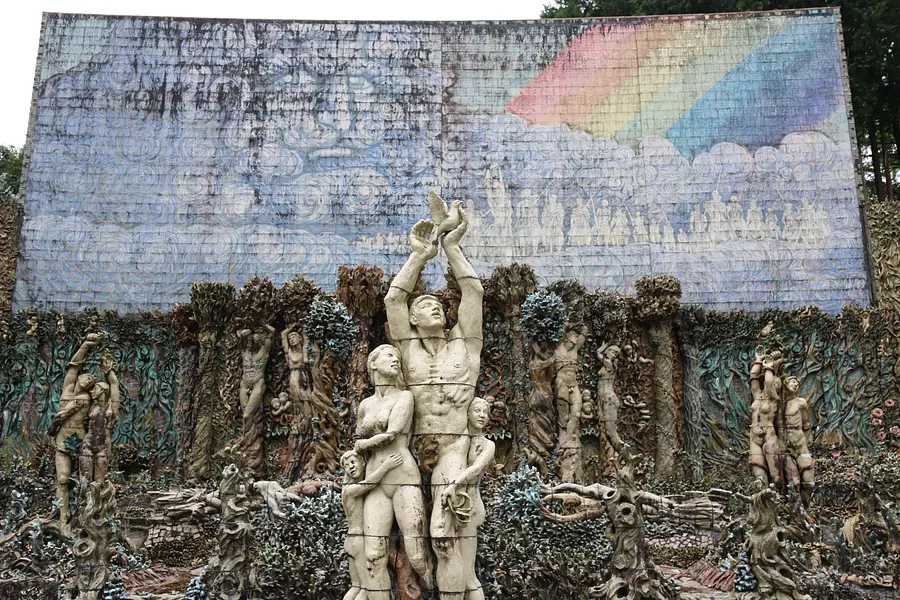
It is a symbolic place located at the innermost part of Rainbow Fountain.
This large ceramic wall with a rainbow painted on it was the first work completed in 1978 with the support of local people.
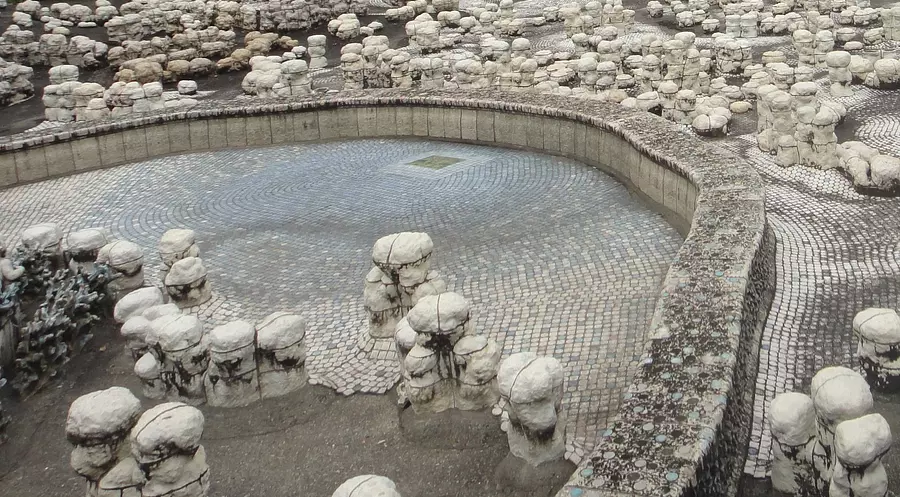
Is this the main body of the Rainbow Fountain?
The light blue colored pottery represents gushing water.
[Wing wall]
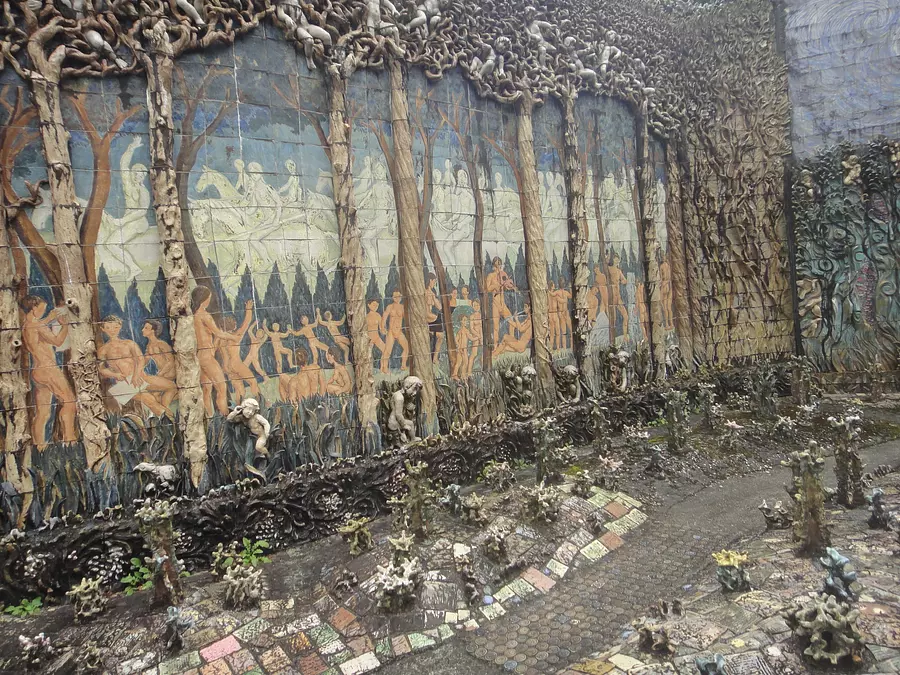
On both sides of the large ceramic wall, there are wing walls decorated with ceramic paintings.
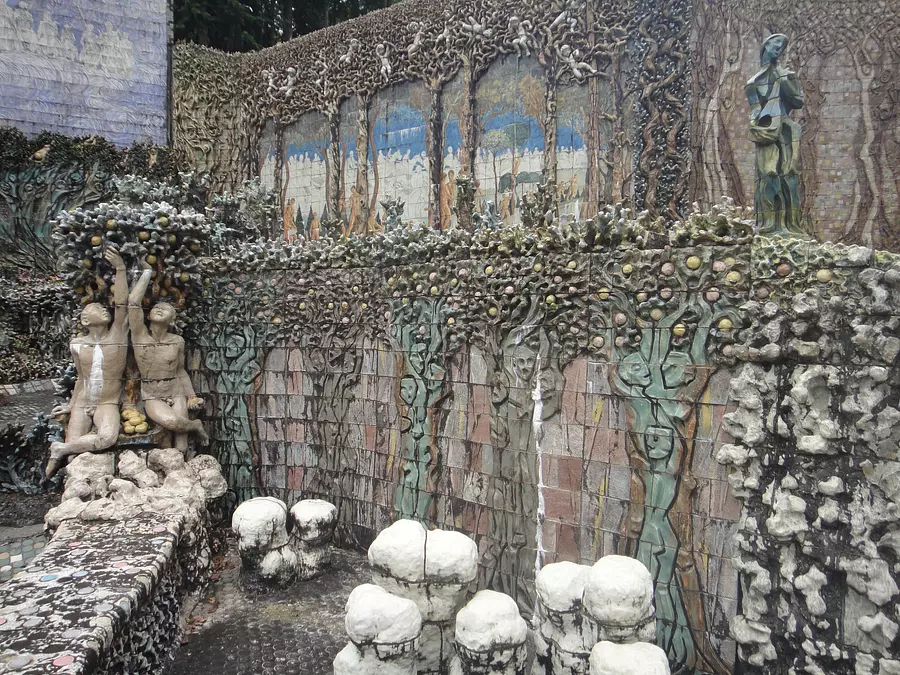
Here too, images of humans and trees interacting are frequently used.
[Iris Wall]
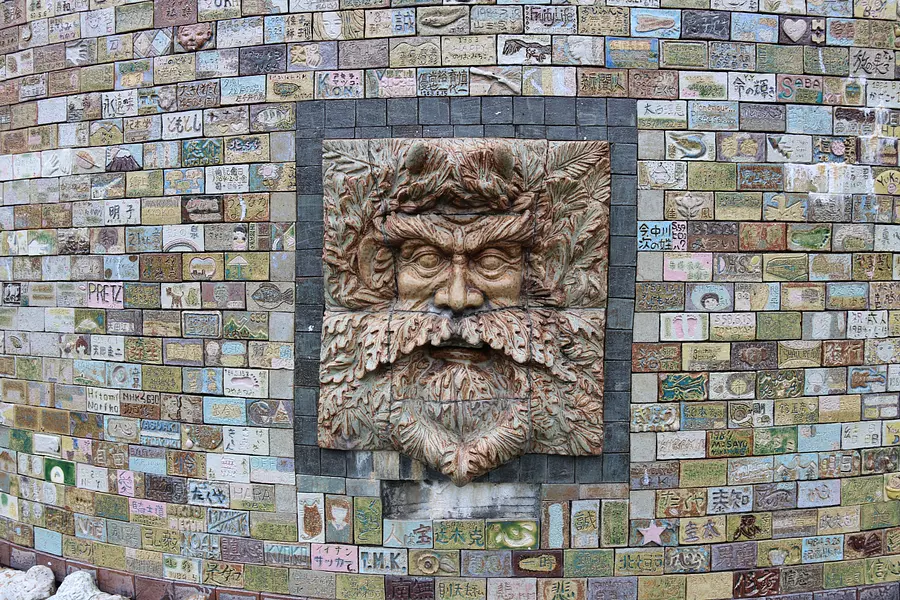
Iris is the rainbow goddess in Greek mythology.
This area is covered with ceramic plates created by the people who supported the production over the past 35 years.
My desire to cooperate becomes part of the work of art. That's really wonderful.
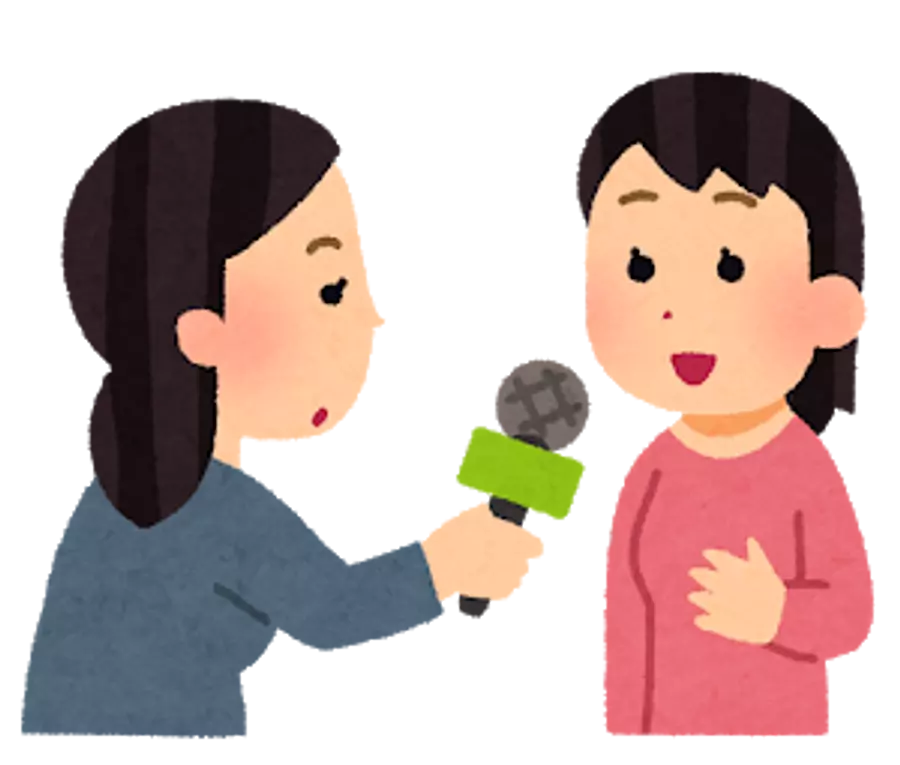
From here on comes the interview corner.
This time, we specially interviewed Kenji Higashi's wife, Yoshiko.
We would like to experience the Rainbow Fountain and ask you what you liked about it!
Q. Was it Kenji Higashi himself who fired and pasted the ceramic plates on Iris' wall?
A. At first, I had a plasterer do it for me, but due to cost considerations, I gradually started doing it myself.
Q. What kind of people come to Rainbow Fountain?
A. Many of them come from far away. Kyushu in the south and Hokkaido in the north.
Q. The atelier is about 15 minutes away by car from Rainbow Fountain, but how was the production process done?
A. Basically, the work is divided into four seasons. In winter, the cold tends to cause cracks in ceramics, so I spend most of my time in my studio making small items such as tiles. In spring, they are baked in a kiln. During the rainy season and summer, large pieces of work (such as statues) are created, and in the fall, the work begins in earnest at the Rainbow Fountain. Basically repeating that.
Q. How did Kenji spend his day?
A. My studio is adjacent to my home, so I was working almost all day long. I enter the atelier at 5 a.m. and start creating. For the past 35 years, he has lived a stoic life, stretching after returning home at night (because production puts a strain on his back and other bodies) and going to bed. He himself called himself a ``slave of art.''
Q. The objects at Rainbow Fountain seemed to have been made by cutting them into small pieces, firing them, and then piecing them together, but how big was the kiln?
A. The bottom of this kiln is about 2 tatami mats, and the height is about 1 tatami mat. Enough for just one person to stand inside. Statues and other statues were made by making ceramic sculptures, cutting them into parts, hollowing out the inside so that only about 2 centimeters thick was left on the outside, and then firing it.
Q. Was there any talk about the prospects for completion?
A. As of 2013, there was talk that it would be completed in another 10 years.
Thank you very much, Ryoko-san, for answering so many questions carefully!
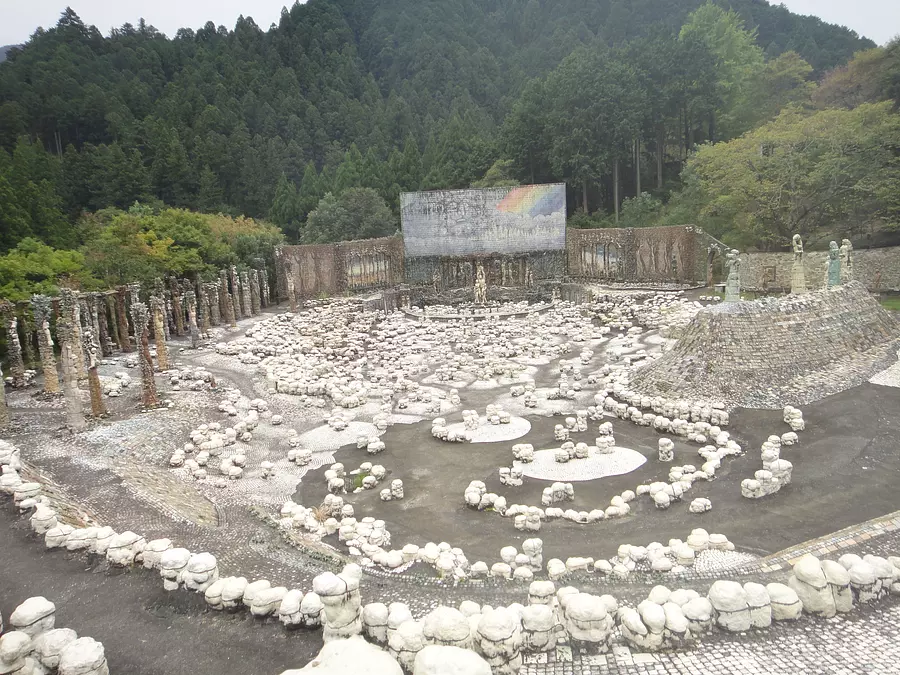
While listening to their stories, I was very surprised to learn that even the ``topography'' of this rainbow fountain was handmade by Kenji and Ryoko.
Originally, this place was completely flat, so it was built by digging the earth, removing air, and piling it up using the old-fashioned method. The reason why the muses were placed one pillar apart is said to be a design consideration.
They also planted the trees that bordered the ceramic backs themselves, and said, ``I'm happy when people compliment my ceramic sculptures, but I'd also be happy if people would pay attention to the topography.''
Please take a look at it while thinking about the work done at the time.

What I felt strongly through this interview was that ``a single person can generate so much energy over a long period of time.''
Gaudi's Park Güell came to mind as a similar place, but many people other than Gaudi were involved in the design and construction process, so I think it's important to note that Kenji Higashi, a ceramic artist who created this space by himself, I feel amazing.
To be honest, I am not confident that I have been able to fully convey the charm of Rainbow Fountain in this article.
I don't think you can appreciate the true beauty of this work unless you actually go there.
The mountain road is quite difficult to drive, but please come and visit Rainbow Fountain for yourself.
If I get lost in life, I'll come again.
<Pottery Space Rainbow Fountain Basic Information>
Address: Along National Route 166, Hase, Iidaka-cho, MatsusakaCity Mie Prefecture
Contact: 080-1558-4612
Ticket purchase location: Please come directly to Rainbow Fountain.
*If there is no reception at Niji no Izumi, please purchase at Michi-no-eki.
Admission fee: 500 yen for high school students and above (for maintenance and management of works)
Opening hours: 10:00 to 16:00
| Category | |
|---|---|
| season | |
| area |

